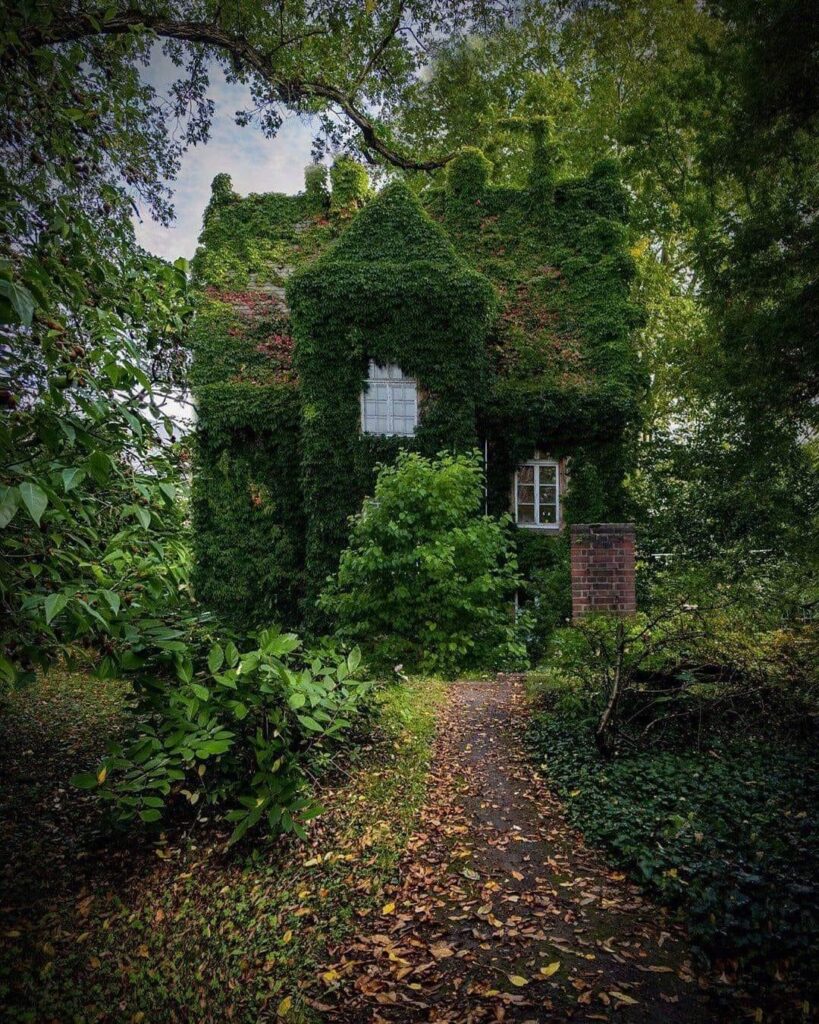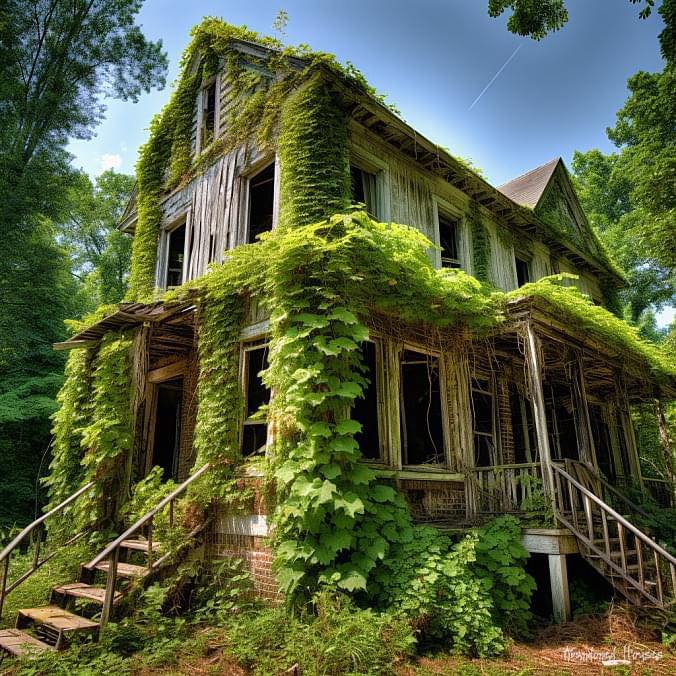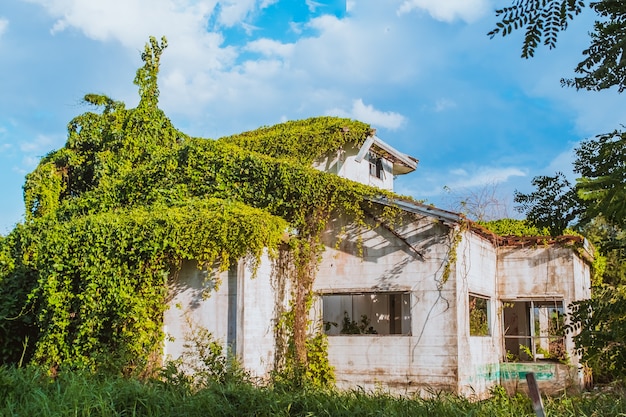Abandoned Houses and the Role of Ivy in Their Slow Decline

Abandoned houses, overgrown by ivy and wild plants, stand as powerful symbols of nature’s ability to reclaim what was once human-made. The ivy that weaves its way through the cracks of these forgotten structures often plays a significant role in their slow and gradual decline. From engulfing windows to covering entire walls, ivy’s impact on these abandoned houses is undeniable, transforming them into eerie, yet captivating, monuments of nature’s resilience.
The Growth of Ivy in Abandoned Houses

Ivy’s relentless growth is a key factor in the deterioration of abandoned houses. Once ivy takes root in the cracks and crevices of a building, it begins its slow and persistent climb, covering everything in its path. Over time, its tendrils wrap tightly around walls, windows, and doors, exerting pressure on the structure. This pressure can weaken walls, causing them to crack and eventually collapse. While ivy can add an aesthetic, almost mystical element to abandoned houses, its invasive nature can accelerate the degradation of materials, making the house more vulnerable to the elements.
How Ivy Contributes to the Decay of Abandoned Houses

The process by which ivy accelerates the decay of abandoned houses is multifaceted. As ivy grows, it traps moisture against the surface of the building, which can lead to the rotting of wooden structures and the deterioration of brickwork. The constant moisture can promote the growth of mold and mildew, further compromising the house’s stability. Additionally, ivy provides shelter for pests, such as insects and rodents, that may nest in the walls or under the floorboards, further contributing to the house’s decline.
Aesthetic Appeal Versus Structural Damage

While ivy’s presence on abandoned houses might seem enchanting and even romantic to some, there is a duality to its role. For many, the overgrowth creates a hauntingly beautiful scene, offering a glimpse into a world where nature and man-made structures merge. The green vines that cover the house can add a layer of mystery and intrigue, attracting photographers and explorers alike. However, this same ivy, while visually captivating, is slowly suffocating the structure, making it unsafe and unstable.
The Balance Between Preservation and Overgrowth

For those looking to preserve abandoned houses, managing ivy growth becomes a delicate balancing act. On one hand, the ivy can be carefully removed or controlled to prevent further damage to the building. On the other hand, leaving it untouched can result in the eventual collapse of the structure, making preservation efforts futile. The challenge lies in maintaining the aesthetic beauty of ivy-covered houses while mitigating the risks that come with the plant’s invasive growth.
Conclusion

Abandoned houses overrun by ivy are a testament to the power of nature to reclaim human-made spaces. While ivy brings a sense of mystery and allure to these decaying buildings, it also plays a significant role in their gradual destruction. Understanding the balance between preserving these houses and controlling the growth of ivy is key to ensuring that the legacy of these abandoned homes continues, albeit in a form that honors both the passage of time and the forces of nature.
